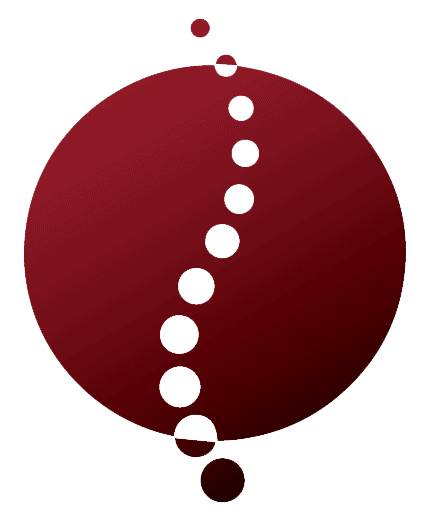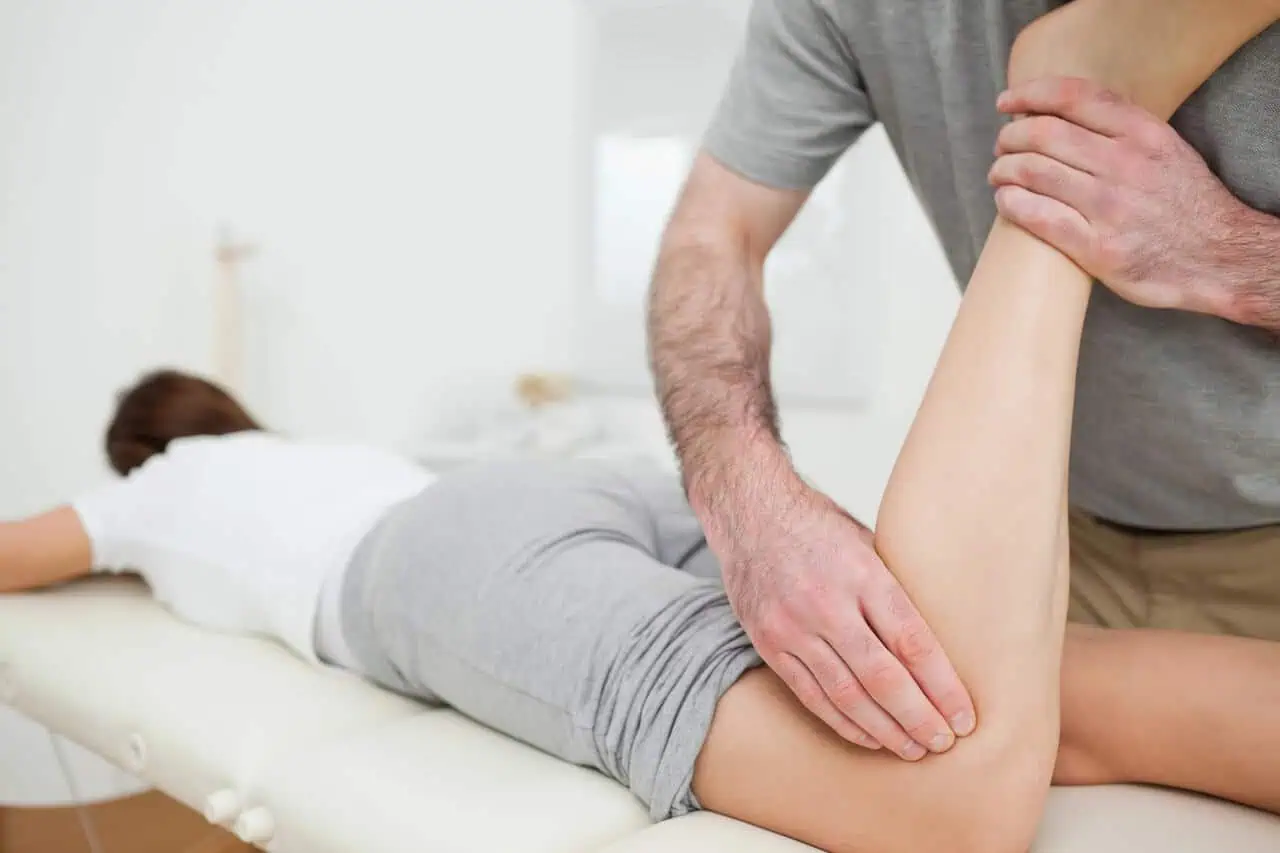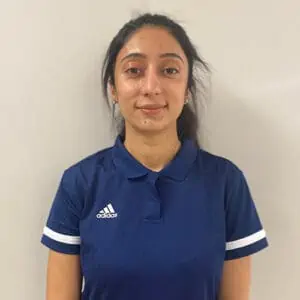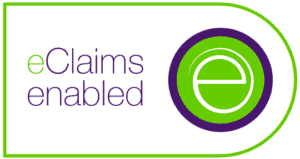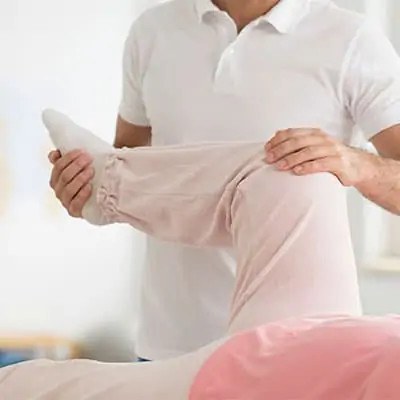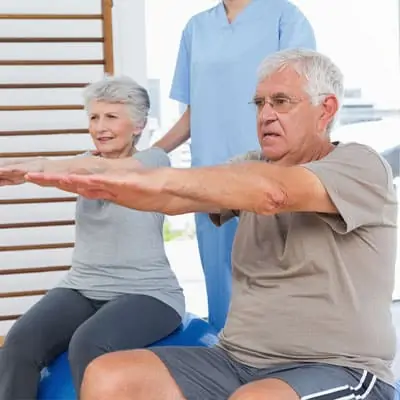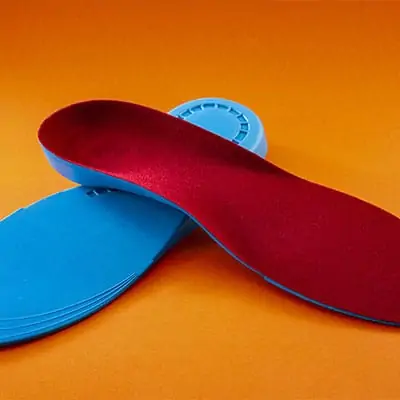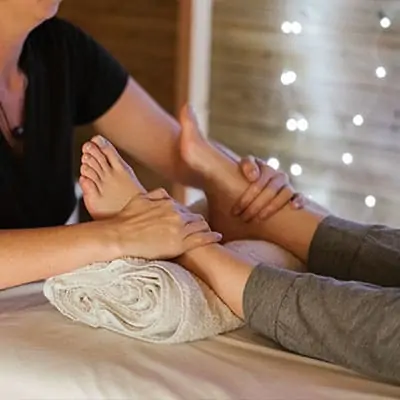Understanding Myopathy Rehabilitation
What is Myopathy?
Myopathy is a type of neuromuscular disorder that affects the muscles, which can lead to muscle weakness and fatigue. It can be caused by genetic conditions, inflammatory diseases, or metabolic disorders. Muscle weakness in myopathy is often progressive, impacting an individual’s ability to perform daily tasks.
| Type of Myopathy | Cause |
|---|---|
| Muscular Dystrophy | Genetic mutations |
| Polymyositis | Inflammatory |
| Metabolic Myopathy | Enzyme defects |
Importance of Rehabilitation in Myopathy
Rehabilitation plays a crucial role in managing myopathy. Through tailored physiotherapy, individuals can work towards improving muscle strength, maintaining mobility, and enhancing their overall quality of life. Rehabilitation is essential for slowing the progression of muscle weakness and addressing secondary complications.
Effective myopathy rehabilitation also involves neuromuscular rehabilitation techniques that focus on muscle re-education and functional training. Collaborating with a multidisciplinary team can provide holistic care, addressing physical, nutritional, and psychological needs.
Internal links like stroke rehabilitation and multiple sclerosis physiotherapy can provide additional resources on related neurological conditions. Additionally, exploring spasticity management and muscle weakness rehabilitation helps understand comprehensive care approaches in different neuromuscular scenarios.
Rehabilitation requires a custom approach to cater to individual needs effectively. This includes regular progress monitoring and adjustments to treatment plans to ensure optimum outcomes. Please refer to our sections on balance and gait training and functional movement disorders physiotherapy for targeted strategies to enhance functional independence.
Building a Rehabilitation Team
A comprehensive approach to myopathy rehabilitation involves assembling a multidisciplinary team of healthcare professionals. This ensures that all aspects of a patient’s condition are addressed for optimal recovery.
Role of Physiotherapists
Physiotherapists play a crucial role in myopathy rehabilitation. They are tasked with designing and implementing customized exercise programs tailored to the individual’s specific needs and abilities. These exercises not only improve muscle strength but also enhance mobility and overall physical function.
A physiotherapist will often focus on:
- Muscle strengthening exercises
- Range of motion activities
- Balance and coordination training
For more information on balance and gait training, refer to our article on balance and gait training.
Collaborating with Occupational Therapists
Occupational therapists are integral to the rehabilitation team, focusing on helping individuals regain the skills needed for daily living and work activities. Their expertise ensures that patients can carry out their daily routines safely and independently.
Key areas handled by occupational therapists include:
- Adaptive equipment recommendations
- Energy conservation techniques
- Home and workplace modifications
Occupational therapists work closely with other team members to ensure a cohesive and effective rehabilitation plan.
Involvement of Speech Therapists
Speech therapists, also known as speech-language pathologists, are often involved in myopathy rehabilitation, especially when the condition affects oral muscle function. They assist with improving speech clarity, swallowing, and overall communication.
A speech therapist may focus on:
- Speech exercises
- Swallowing techniques
- Communication aids
Engaging a speech therapist can significantly enhance a patient’s quality of life by addressing speech and swallowing difficulties.
By building a robust rehabilitation team that includes physiotherapists, occupational therapists, and speech therapists, we can provide a well-rounded approach to myopathy rehabilitation. Each professional brings unique skills and insights, ensuring that every aspect of the patient’s condition is addressed, promoting a successful recovery journey. For more details on specialized therapies, you may explore related articles on neuroplasticity training and functional electrical stimulation (fes).
Rehabilitation Strategies
To achieve success in myopathy rehabilitation, we must adopt a multi-faceted approach that addresses various aspects of patient care. Here, we explore three key strategies: customized exercise programs, assistive devices, and pain management techniques.
Customized Exercise Programs
Creating a tailored exercise program is crucial for myopathy rehabilitation. These programs are designed by physiotherapists to meet the specific needs of the patient. Exercises focus on improving muscle strength, flexibility, and endurance. The goal is to enhance functional abilities and quality of life.
| Exercise Type | Purpose | Frequency |
|---|---|---|
| Strength Training | Increase muscle strength | 2-3 times a week |
| Aerobic Exercises | Improve cardiovascular health | 3-5 times a week |
| Stretching | Enhance muscle flexibility | Daily |
| Balance Exercises | Prevent falls | 3 times a week |
For detailed guidance on specific exercises and techniques, refer to our article on balance and gait training.
Assistive Devices and Adaptive Equipment
Assistive devices play an essential role in aiding mobility and independence. Depending on the severity of the myopathy, different tools may be recommended:
| Device/Equipment | Purpose |
|---|---|
| Canes | Enhance stability and support |
| Walkers | Assist with balance and mobility |
| Wheelchairs | Provide mobility for those unable to walk |
| Adaptive Utensils | Facilitate ease of daily tasks like eating |
Occupational therapists work closely with patients to determine the most suitable devices, ensuring that they align with the patient’s lifestyle and needs. Learn more about the roles of occupational therapists in our neuromuscular rehabilitation section.
Pain Management Techniques
Pain management is a critical aspect of myopathy rehabilitation. There are various techniques to help alleviate pain, each suited to different levels of discomfort:
| Technique | Description |
|---|---|
| Physical Therapy | Exercises and movements designed to reduce pain |
| Medications | Prescribed for managing pain and inflammation |
| Heat/Cold Therapy | Application of heat or cold packs to reduce discomfort |
| TENS (Transcutaneous Electrical Nerve Stimulation) | Electrical stimulation for pain relief |
For more in-depth information on managing pain, especially during physiotherapy, consider exploring our related articles on spinal cord injury rehabilitation and neuroplasticity training.
By incorporating these strategies, we can create a comprehensive rehabilitation plan tailored to each individual’s needs, facilitating a smoother and more effective recovery journey in myopathy rehabilitation.
Nutrition and Wellness Support
Importance of Proper Nutrition
Proper nutrition plays a crucial role in myopathy rehabilitation. Ensuring that we maintain a balanced diet can significantly enhance our physical and mental well-being. Nutrients such as proteins, vitamins, and minerals are essential for muscle repair and overall health.
Key Nutritional Components for Myopathy Rehabilitation:
| Nutrient | Role in Rehabilitation | Food Sources |
|---|---|---|
| Protein | Aids in muscle repair and growth | Lean meats, fish, beans, nuts |
| Vitamin D | Supports bone health and muscle function | Sunlight, fortified milk, fatty fish |
| Calcium | Essential for bone strength | Dairy products, leafy greens |
| Omega-3 | Reduces inflammation, supports brain function | Fish oils, flaxseeds, walnuts |
Ensuring that we include these nutrients in our diet can help improve endurance and recovery during rehabilitation. For more on maintaining a balanced diet during neurological physiotherapy, visit our stroke rehabilitation page.
Incorporating Wellness Practices
In addition to proper nutrition, incorporating wellness practices can boost the effectiveness of myopathy rehabilitation. These practices can enhance overall health and aid in the smooth progress of rehabilitation.
Recommended Wellness Practices:
- Hydration: Regular intake of water to stay hydrated.
- Sleep Hygiene: Consistent sleep schedule for better rest and recovery.
- Mindfulness and Meditation: Techniques to reduce stress and increase focus.
- Recreational Activities: Engaging in hobbies and activities that bring joy and relaxation.
By integrating these wellness practices, we can foster a more holistic approach to our rehabilitation efforts. For more information on maintaining wellness during rehabilitation, explore our balance and gait training section.
Mental Health Considerations
Mental health is a vital component of myopathy rehabilitation. Addressing mental health can improve motivation, adherence to treatment plans, and overall quality of life.
Key Considerations for Mental Health:
- Counseling and Support Groups: Access to therapy sessions and support groups to discuss challenges and share experiences.
- Mindfulness-Based Stress Reduction (MBSR): Techniques aimed at reducing stress and enhancing emotional resilience.
- Routine and Structure: Establishing a daily routine to provide a sense of normalcy and control.
Promoting mental well-being alongside physical rehabilitation can lead to more successful outcomes. For additional resources on managing mental health during rehabilitation, check out our neuroplasticity training article.
Progress Monitoring and Adjustments
To achieve success in myopathy rehabilitation, ongoing assessment and adjustment of the treatment plan are essential. This ensures that we address the unique needs and progress of each patient effectively.
Regular Evaluation of Progress
We must regularly evaluate the progress of individuals undergoing myopathy rehabilitation to gauge their improvement and identify any necessary changes to their treatment plan. This can involve various types of assessments, including physical exams, functional tests, and patient-reported outcomes.
| Evaluation Method | Frequency | Purpose |
|---|---|---|
| Physical Exams | Bi-weekly | Assess muscle strength and mobility |
| Functional Tests | Monthly | Measure improvements in daily activities |
| Patient-Reported Outcomes | Monthly | Understand the patient’s perspective on progress and quality of life |
These evaluations help us identify areas where patients are excelling and areas needing additional focus, ensuring that we provide the best possible care.
Flexibility in Treatment Plans
Flexibility in treatment plans is crucial for adapting to the changing needs of patients with myopathy. As progress is monitored, adjustments might be required to optimize outcomes. Treatment plans should be dynamic, incorporating feedback and new goals based on ongoing assessments.
Common adjustments include:
- Modifying exercise routines to target weaker muscle groups
- Introducing new assistive devices as needed
- Adjusting pain management techniques based on effectiveness
This flexible approach ensures that the rehabilitation process remains effective and patient-centric.
Communication with Healthcare Team
Effective communication within the healthcare team is vital for coordinating a comprehensive myopathy rehabilitation program. Open lines of communication between physiotherapists, occupational therapists, speech therapists, and other health professionals allow for a cohesive treatment strategy.
| Team Member | Role | Communication Method |
|---|---|---|
| Physiotherapist | Leads physical rehabilitation | Weekly meetings |
| Occupational Therapist | Assists with daily living skills | Bi-weekly meetings |
| Speech Therapist | Addresses speech and swallowing issues | Monthly meetings |
By maintaining regular communication, we ensure that all team members are informed of the patient’s progress and any adjustments to the treatment plan. This collaborative approach enhances the overall effectiveness of the rehabilitation program.
For those interested in learning more about related rehabilitation strategies, consider articles on stroke rehabilitation and multiple sclerosis physiotherapy. These resources provide additional insights into comprehensive rehabilitation approaches for neurological conditions.
Setting Realistic Goals
Setting realistic and achievable goals is essential for the success of myopathy rehabilitation. Establishing both short-term and long-term goals helps us remain motivated and focused throughout the journey. Here, we explore strategies for goal setting and the importance of celebrating achievements.
Establishing Short-Term Goals
Short-term goals provide immediate targets that keep us motivated. These goals should be specific, measurable, attainable, relevant, and time-bound (SMART). For instance:
| Goal | Timeline | Measure of Success |
|---|---|---|
| Increase walking distance by 10% | 2 weeks | Distance measured in meters |
| Perform daily stretching exercises | 1 week | Adherence to exercise schedule |
| Improve grip strength | 3 weeks | Force measured in pounds or kilograms |
Short-term goals are easier to accomplish and provide a sense of progress, which is vital for maintaining our motivation. Collaborating with physiotherapists and occupational therapists ensures that the goals are realistic and aligned with our rehabilitation plan.
Long-Term Goal Setting
Long-term goals are broader objectives that we aim to achieve over an extended period. These goals guide the overall direction of our rehabilitation program. For example:
| Goal | Timeline | Measure of Success |
|---|---|---|
| Regain full independence in daily activities | 6 months | Ability to perform tasks without assistance |
| Return to previous employment or hobby | 1 year | Capacity to perform job duties or hobbies |
| Enhance overall muscle strength by 30% | 9 months | Strength measured through physical assessments |
Setting long-term goals requires a clear understanding of our abilities and potential limitations. It is essential to maintain open communication with our healthcare team to adjust these goals as needed.
Celebrating Achievements
Celebrating our achievements, no matter how small, is crucial for maintaining a positive attitude. Acknowledging progress boosts our morale and encourages continued effort.
| Achievement | Celebration Method |
|---|---|
| Completed a week of daily exercises | Reward with a favorite activity |
| Met a short-term walking goal | Share the success with friends and family |
| Achieved a long-term strength goal | Document the progress and set a new milestone |
Recognizing accomplishments creates a supportive environment and fosters a sense of achievement. Celebrations can be personal or shared with loved ones, reinforcing the importance of support networks in our recovery journey.
In summary, setting realistic goals, both short-term and long-term, is key to the success of myopathy rehabilitation. Consistent progress evaluation and celebrating milestones keep us motivated and focused on our recovery path. For additional insights, explore related topics like spinal cord injury rehabilitation and parkinsons disease rehabilitation.
